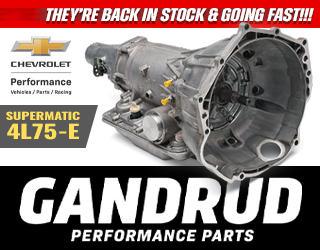Trucks

The white ’99 Silverado was beginning to show the wear and tear of fighting the highway wars the last few years. The once proud and pampered show truck—a standard cab shortbed with matching cab-high camper shell—hadn’t spent much time in daily service until recent years, but now it bore its share of dings, dents and scratches. It was obvious that the 50,000 miles on the odometer hadn’t done the 5.3-liter V-8 much good. Part of the reason for the dissipated performance was the exhaust system, a very tired, less-than-top-quality aftermarket after-cat that had started banging, squeaking and leaking.
Installing a new after-cat from MagnaFlow was at the top of this owner’s agenda. He acquired a MagnaFlow (part No. 15617) polished stainless steel after-cat performance system for his Chevy, and because he’s in the automotive business and has a lift at his own facility, all he had to do was enlist the help of a colleague experienced in exhaust system installs to lend a hand with the hookup.
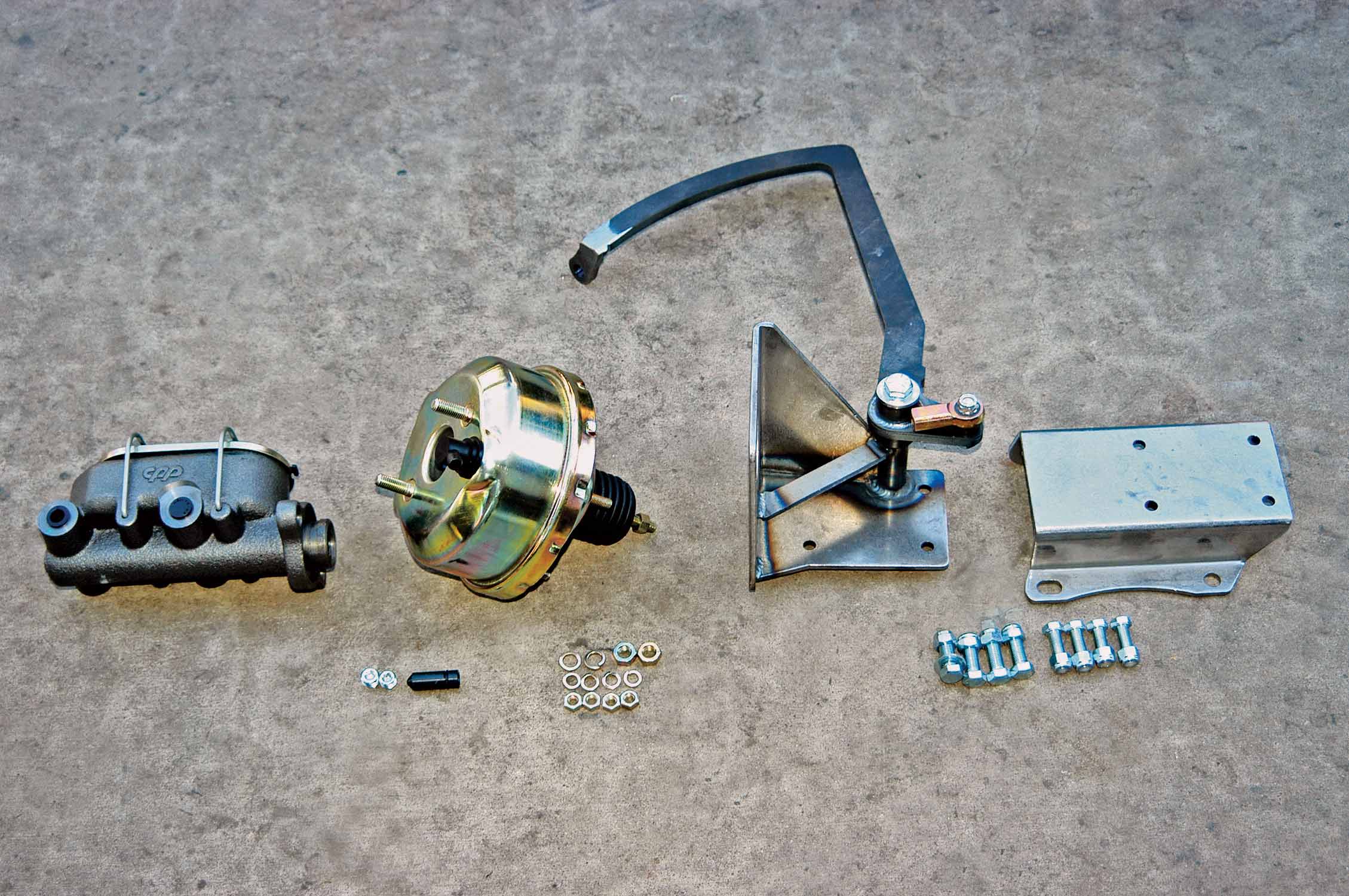
In the ’50s, home-delivery baker Helms Bakery went door to door, delivering bread and bakery goods on the streets of Southern California. All you had to do was call and order what you needed, and the next day it was delivered to your door. You could also stop the drivers on their route to buy their goodies, and that’s how we remember the early ’50s Chevy Helms delivery trucks. We figured they must have a rather large fleet of them to cover the L.A. Basin. We aren’t sure exactly when it happened, but no doubt rapidly changing family lifestyles took their toll, and Helms stopped the delivery portion of the business. As a result, there were a lot of early Chevy panel trucks that went somewhere.
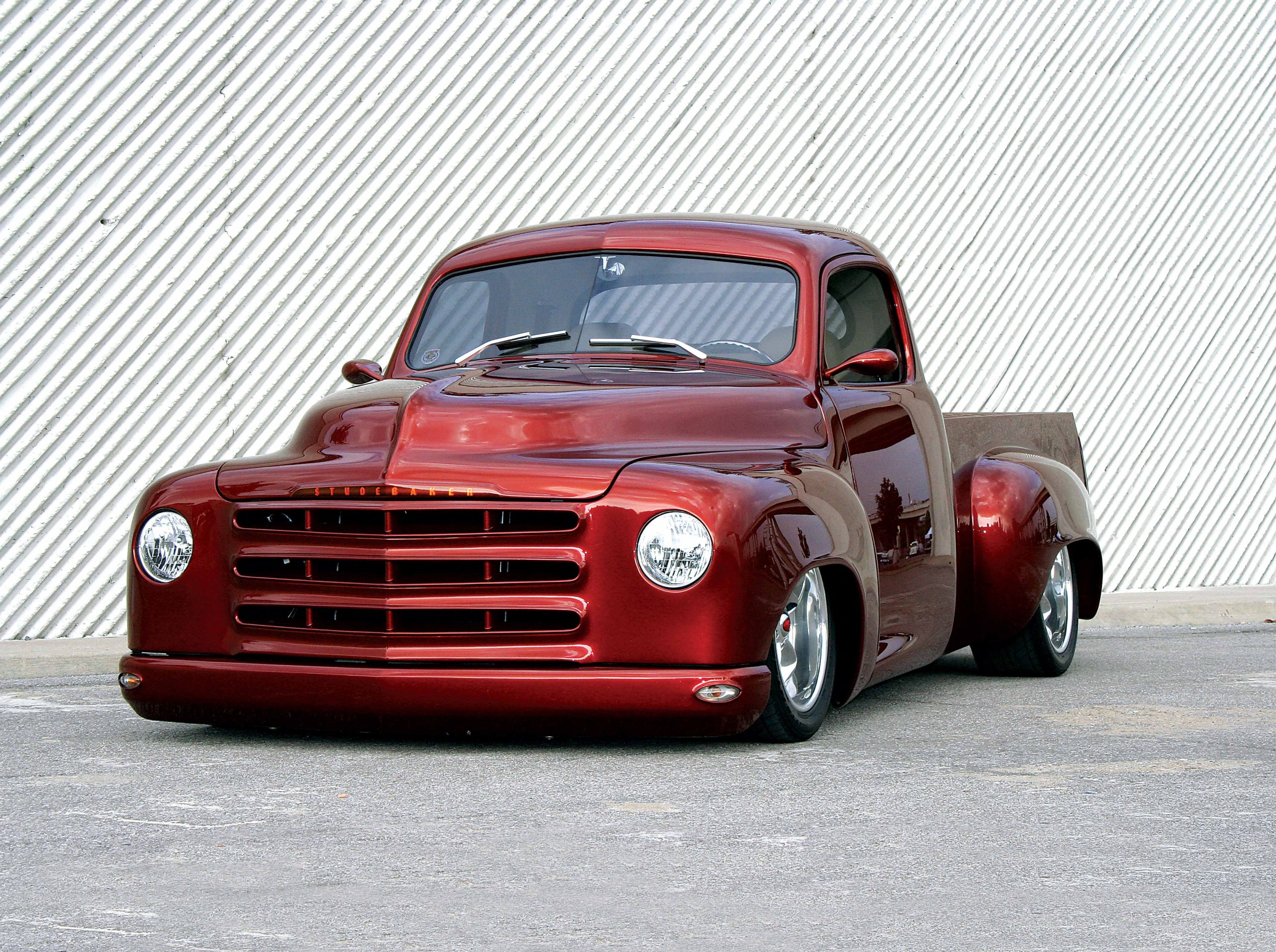
While attending the Goodguys Nashville Nationals, we happened upon this stunning Studebaker. Its owner, Jeff Wingo, informed us that during his high school years this same Studebaker served as his daily driver, providing him a ride to and from school and around town. Now a fast-paced computer consultant, Wingo travels around the world, which has allowed him a better lifestyle compared to his teen years. He also has two young sons, Grant and Jack, who love their dad’s cool truck. Let’s rewind to the summer of 2000, when Wingo made the decision to resurrect the tired and worn pickup.
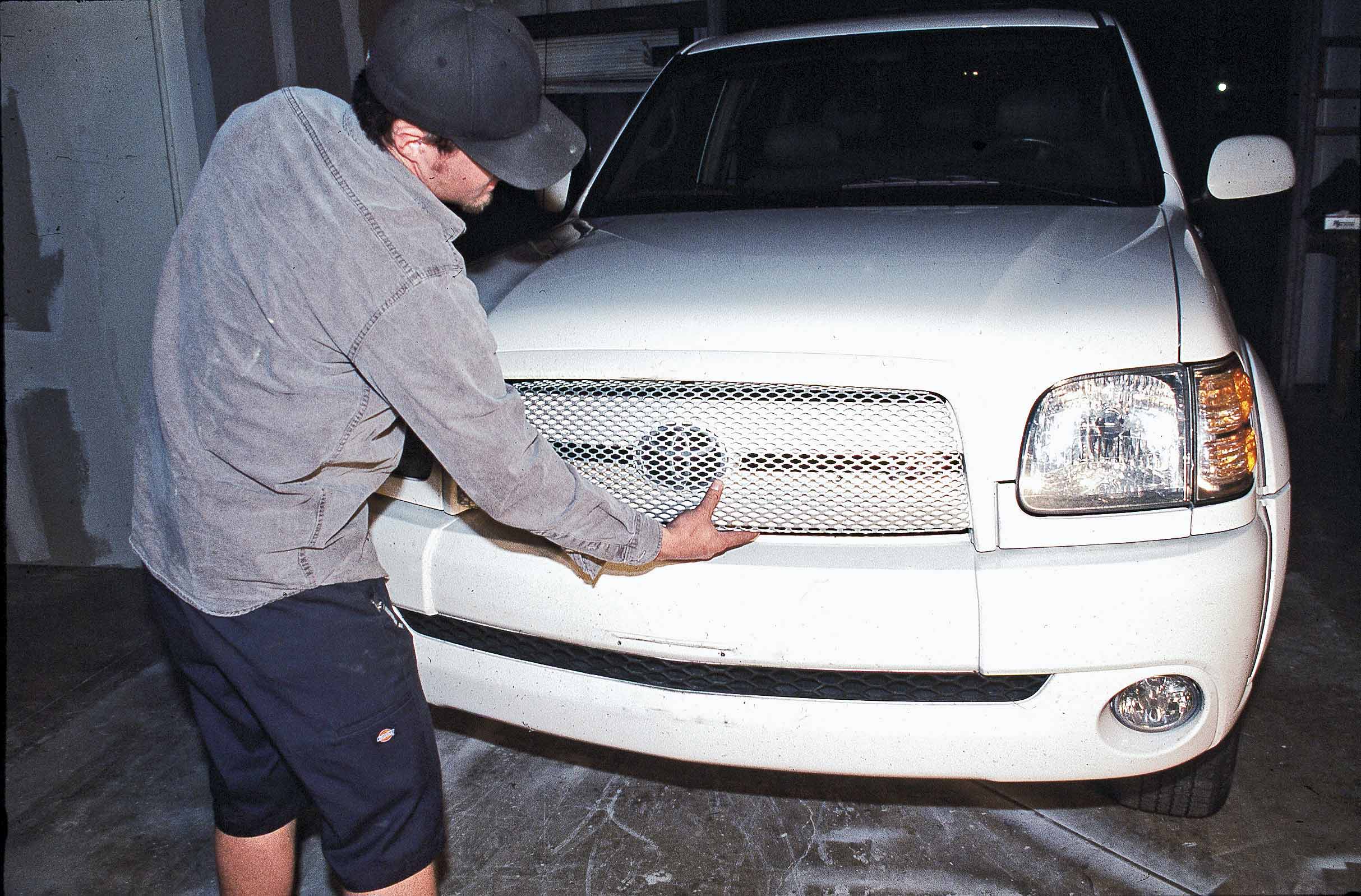
Join installer Eric Leopold as he meticulously upgrades a white ’04 Tundra with a Street Scene (SS) Speed Grille. Follow along as he navigates the challenges, highlighting the careful process of installation, and witness the transformation of this well-converted street truck in Atascadero, California. Discover the ‘rightest’ way to upgrade with precision and attention to detail in this step-by-step showcase. Photos included for a closer look at the seamless transformation.
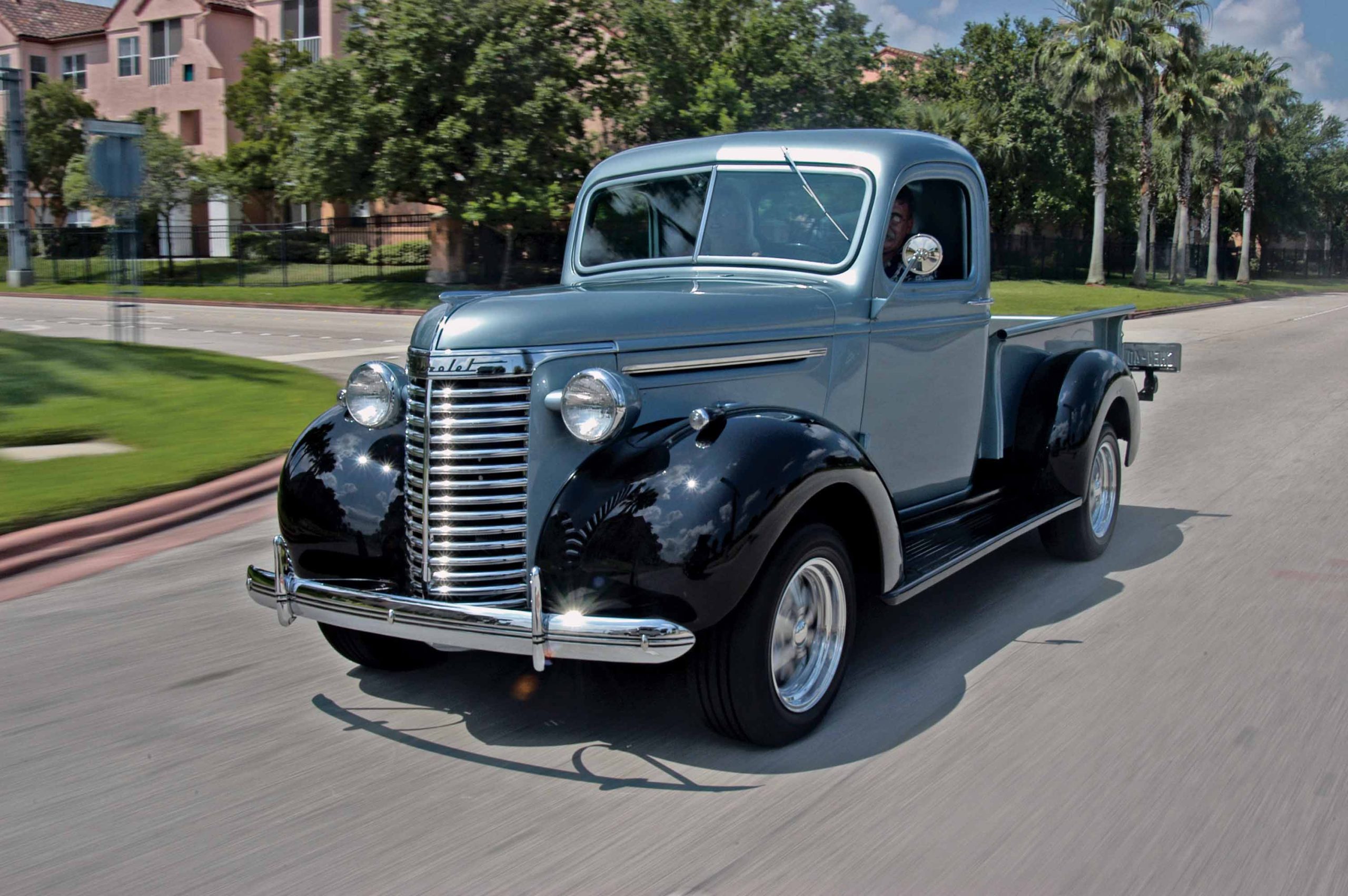
There are a few things you need to know about Sonny Wells. First, Sonny, who is a cabinetmaker in Clearwater, Florida, owns an Elkhart Blue 1967 Corvette with a black stinger hood. Actually, his wife, Jill, lets him share the Corvette with her. Second, Sonny has always had a hankering for an old truck. Third, Jill was tired of sharing the Corvette with Sonny and having to listen to him constantly complain that he wanted an old truck. With that in mind, Sonny began his quest for an old pickup.

Dave Kaminski wanted a custom-built truck, but he also wanted a vehicle he could take to a dealer for repairs, plug it into a computer for a diagnosis and determine the problem. In this hobby, that is hard to do with an old truck, given that computers rule the functions of today’s engines. Kaminski met with Frank Strianese, owner of The Car Shop in Springville, New York, and explained that not only did he want an old new truck, he wanted it to blend in with the Ford service trucks used by his Besroi roofing and contracting business in Buffalo. Ideas were passed back and forth, and soon a project began to unfold. Once you read how it was accomplished you will know that nothing is impossible to do.
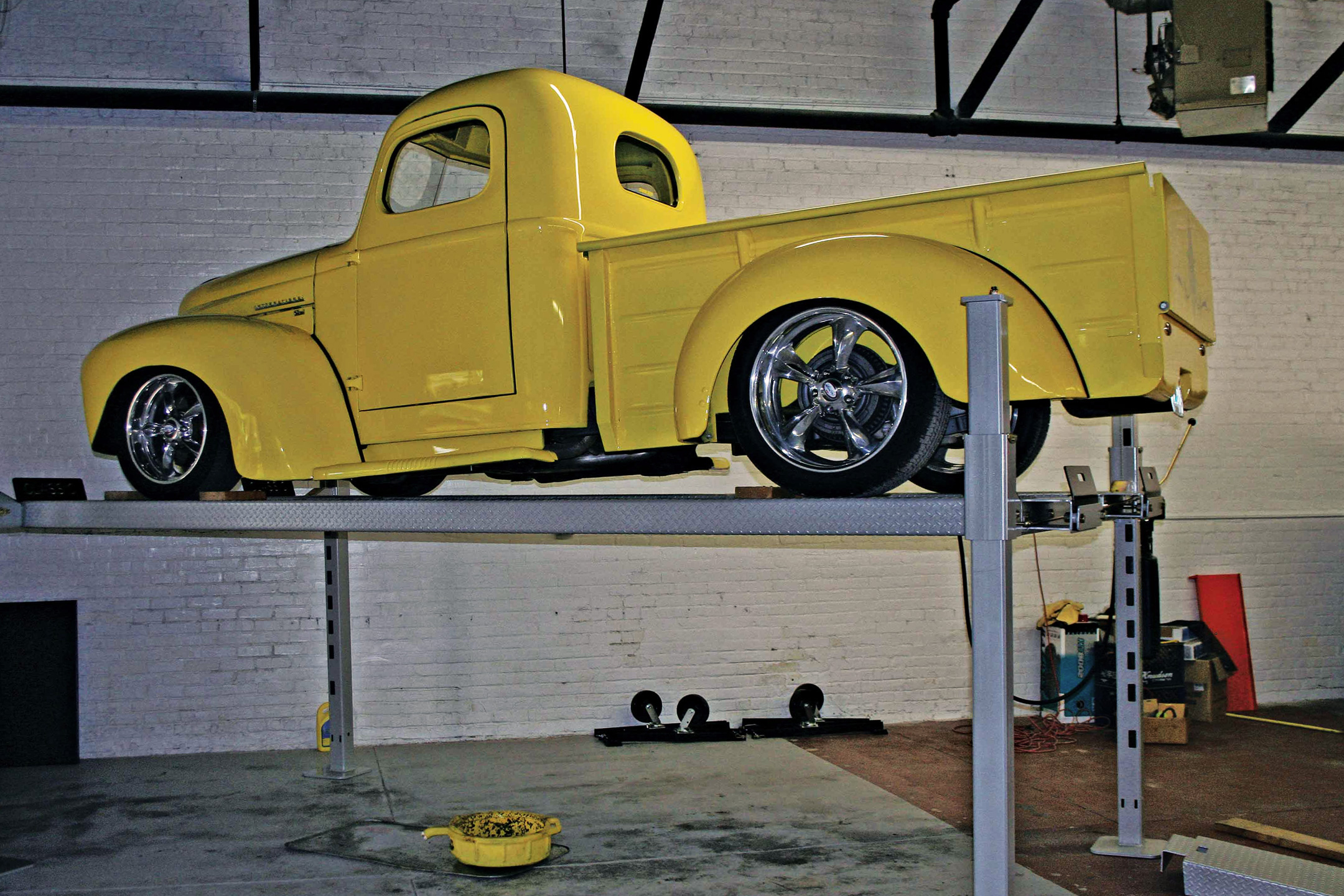
Our old 350 Chevy-powered ’47 International was running a three-speed 350 Turbo trans with 4.11 gears, which, as you know, is not a great combination for this type of highway cruising. It is fine, however, for those who absolutely love in-town, short-?distance, stop-and-go cruising, as it does prove great low-speed throttle response. On the highway, however, it spins up the engine and uses more fuel. We decided that after having our low-speed fun, we were using too much fuel and weren’t comfortable listening to the whine of the small block as we approached 70 mph. It was time to make a change. We looked around for a number of answers and talked to many classic truck owners who had either installed a new set of gears, an overdrive trans or a Gear Vendors overdrive/underdrive unit. We figured that the new 700R4 trans best fit our application budgetwise, although future plans may call for a Gear Vendors unit, as it represents the best of both worlds. But we first wanted to start with a newer, more modern trans.
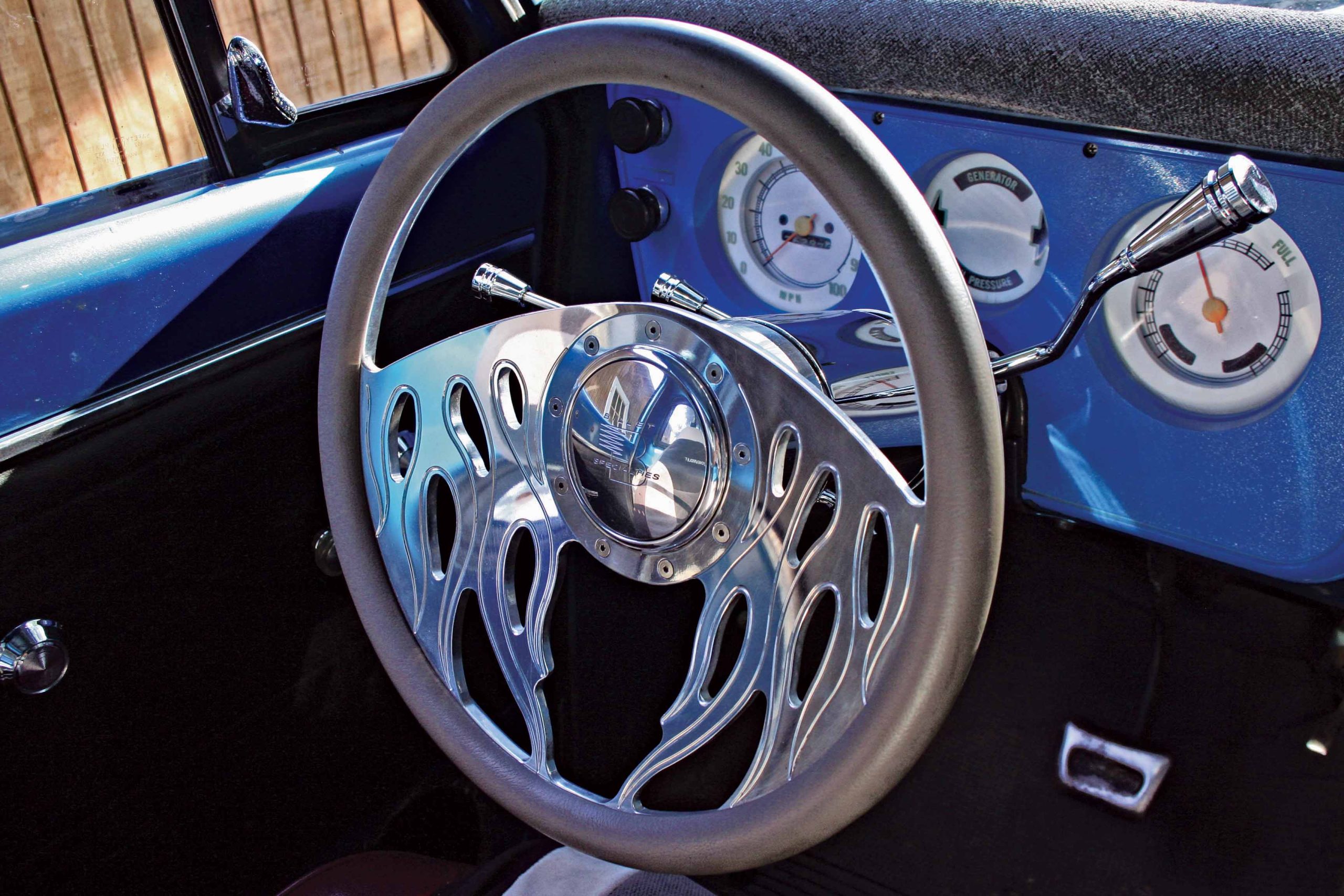
Tilt steering, cruise control, heated seats and A/C are all amenities that we have grown accustomed to without ever knowing it. We’ve come to expect our seat to power forward and our steering column to drop at the flick of a lever; after all, it’s a matter of driver comfort. As these driver comforts have become a part of our daily drivers, it’s not unthinkable that we would want the same for our classic trucks. Our resident ’68 Chevy makes the rounds to and from lunch, along with the occasional cruise-in, so why not build in many of the same conveniences? After looking online, we decided that our outdated straight column just had to go, and then we’d work on the rest of those comfort items.
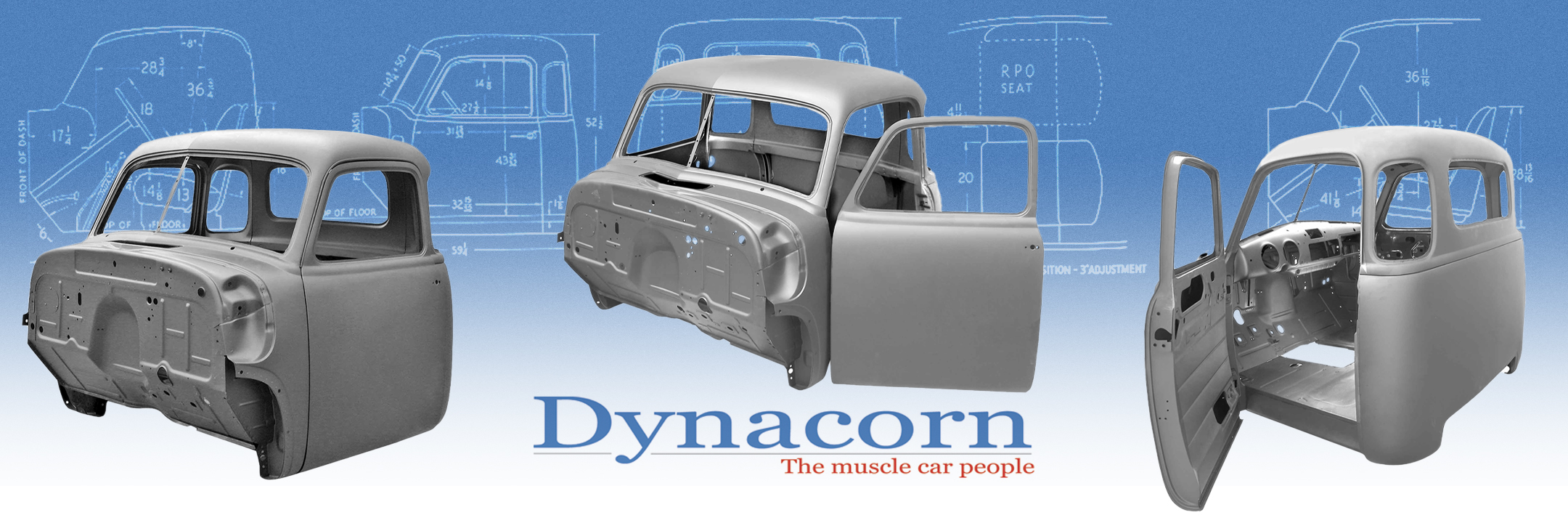
For years, truck builders have searched, looking for that much-sought-after early five-window Chevy pickup project. They are still around and are occasionally found, but it’s getting tougher, and their condition is ever worsening. It’s simple math really: Only so many remain, and many of the really solid ones have been spoken for. To The Delight Of Custom Truck Builders Everywhere, The All-Steel Dynacorn ’47-’53 Chevrolet Five-Window Cab Is Now A Reality!
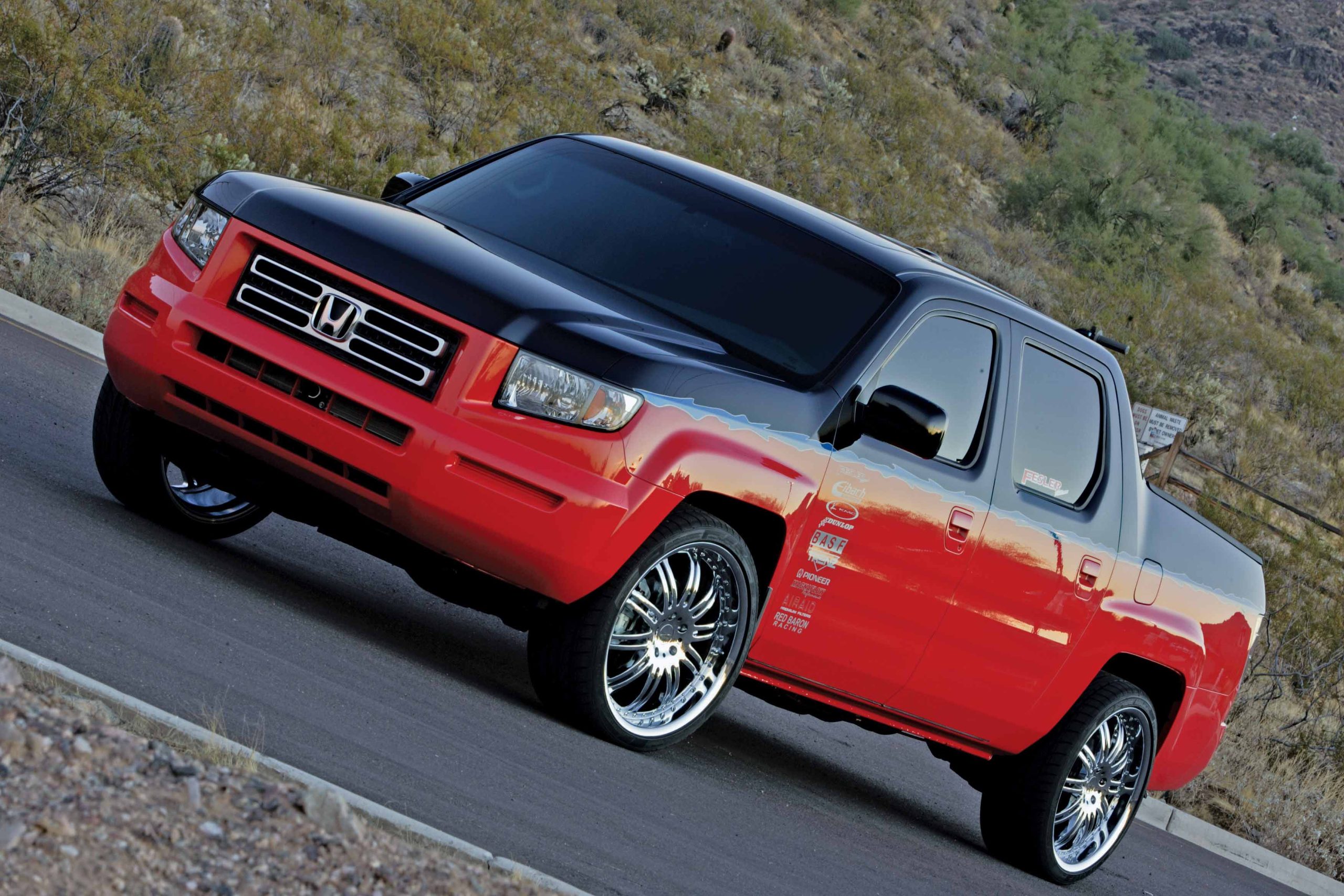
They say don’t mess with it if it isn’t broken. This straightforward build of a 2006 Honda Ridgeline RTL puts that advice into practice. Honda’s foray into the truck realm seems to have tapped into something big: that some people really want their truck to be more like a big, spacious car. Those people, for whatever reason, like the idea of driving a truck, but deep down they prefer something more comfortable and more refined. That is exactly what the Honda Ridgeline delivers.
So when Buddy Rice, Honda and Fesler Built started talking about customizing a Ridgeline, the conversation didn’t involve an all-out overhaul. Instead the team wanted to rely on the designed-in features that have made the Ridgeline so popular.



